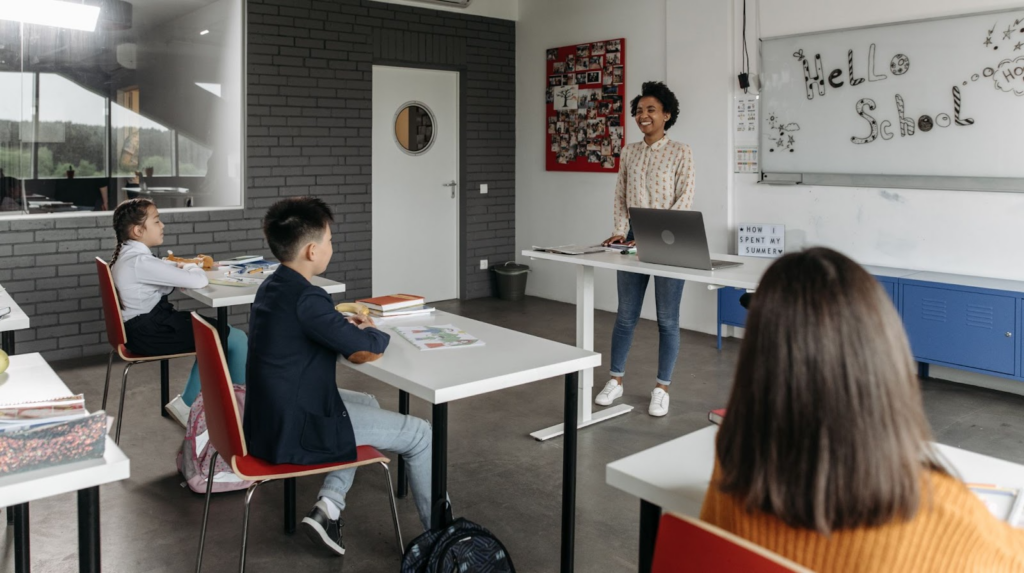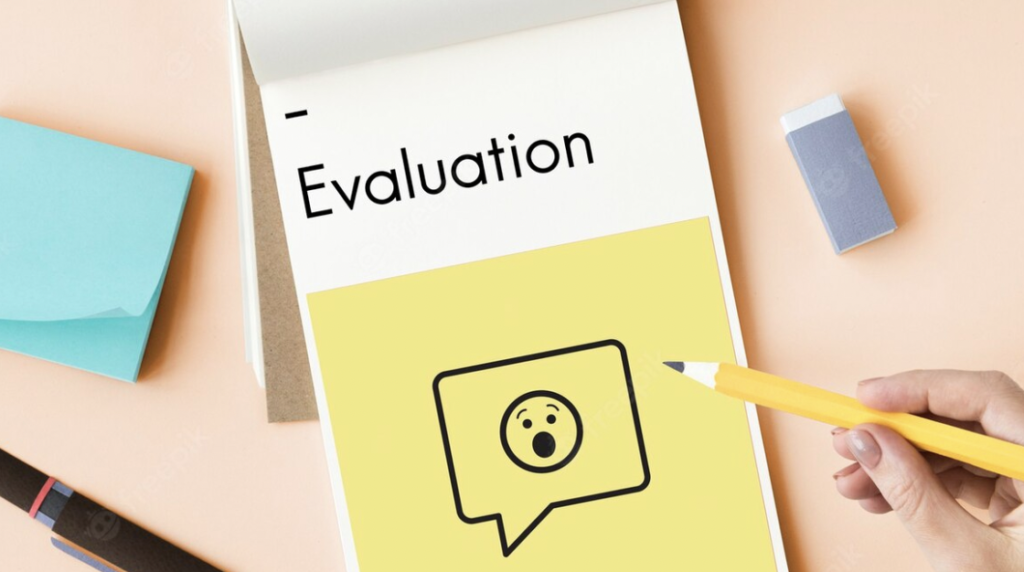In the current educational environment, there is an increasing focus on applying innovative methodologies that have a positive impact on student learning. One educational methodology worth knowing about is Think-Based Learning, which emphasizes critical thinking, problem-solving, and logical reasoning. Discover in this post what this educational methodology entails, its benefits, and how to apply it in the classroom!
We also invite you to take a look at other posts we have published on educational methodologies: Differences between traditional and innovative educational methodologies, How to use Problem-Based Learning (PBL) or Emotional learning: What it is and how to develop it in your classroom.

What is Thinking-Based Learning?
Thinking-Based Learning (TBL) is an educational methodology that has obtained more and more popularity over the recent years. It is a type of learning that aims to teach students to think critically and effectively. Therefore, the goal of this methodology is to promote critical thinking, analytical skills, and enable students to synthesize information.
This is achieved through the use of different strategies, such as debates, project-based work, or collaborative learning.
How does it differ from other educational methodologies or pedagogical approaches?
Thinking-Based Learning differs from other educational methodologies in several aspects, which are detailed below:
- Focus on thinking: Unlike more traditional methodologies that focus on memorization and knowledge acquisition, TBL encourages students to think critically and reflectively, solve complex problems, and develop creative and analytical thinking skills.
- Collaborative learning: While other methodologies have a strong component of individual work and personal study, TBL promotes collaborative work, the exchange of ideas, and effective communication with others.
- Transferability: Beyond the acquisition of knowledge and memorization of concepts, Thinking-Based Learning seeks to develop critical thinking and problem-solving skills that can be applied in different contexts and situations.

Benefits of Thinking-Based Learning
This educational methodology has many benefits for students:
- Promotes critical thinking: As you can imagine from the definition of this educational methodology, one of the benefits of TBL is that it fosters the development of students’ critical thinking. This means they acquire knowledge to analyze information, evaluate it, and make reasoned decisions.
- Transversal skills in different areas: Everything learned through TBL is easily applicable in other areas of knowledge. Students develop skills that they can apply in different situations, whether it’s thinking more critically, solving problems, making informed decisions, and more.
- More meaningful learning for students: By working with real-life situations, students connect better with the content being developed, increasing their motivation for what they are learning. This leads to more meaningful and lasting learning for students.
- Preparing for the future: The development of different skills enables students to adapt to changes in their environment and solve problems of varying complexity. Therefore, it helps shape individuals and professionals who are capable of facing different situations and challenges in the future.

Ideas for implementing Thinking-Based Learning in the classroom
Are you already familiar with the theory but need ideas to put it into practice? Don’t worry, here you have some ideas for implementing TBL in the classroom.
Idea 1: Promote debates and discussions in class
A great way to promote critical thinking, collaborative work, and logical reasoning is through debates and discussions. To keep students engaged, choose topics that are interesting and relevant to them, and encourage them to work in groups to research the subject. Then, they will have to present for or against arguments about the topic to their classmates. Through this activity, they will learn to synthesize information, respectfully refute arguments, consider different points of view, and counterpose ideas.
A practical example could be studying the impact of the Industrial Revolution in a history class. You can divide your class into several groups to study different aspects of the Industrial Revolution and then discuss the positive and negative impacts it had on society, considering the historical context in which it took place.
If you use the Additio App, you can create your own rubric to assess this debate or discussion, evaluating the students’ contribution and participation qualitatively. Remember that with the free Additio Starter plan, you can have access to rubric creation.

Idea 2: Foster the solution of real and authentic problems
Another idea for implementing thinking-based learning in school is to encourage students to solve real and authentic problems or situations. To solve these problems, they will need to use logical reasoning, critical thinking, and analytical skills.
Present your students with a realistic situation related to your subject and encourage them to research and generate innovative solutions. It will be important to assess the entire process, not just the outcome, as that is when the development of thinking skills is most engaged. With Additio App, you can easily work with these types of projects through class planning and the creation of didactic units, where you can propose such tasks and subtasks to be carried out in class.
And how could this be done practically, for example, in a biology class? Imagine you want to address the topic of endangered species. You could divide your class into groups and assign them different approaches to the extinction of various species, such as pollution, habitat loss, etc. Then, your students can identify possible solutions to address the problem and generate innovative ideas, reflecting on the effects it may have on species preservation.

Idea 3: Organize simulations or role-playing games
Another idea for implementing thinking-based learning in the classroom is to organize simulations or role-playing games, where students have to assume certain roles, putting themselves in the shoes of other people and/or characters.
Based on the role they are assigned, they will have to apply critical thinking skills, make reasoned decisions, and experience the consequences of their choices.
Remember to assess these types of activities using the assessment gradebook in Additio App, where you can track your students’ performance.
And how could this be applied, for example, in a second language class? In a world where a second language is increasingly important in the professional world, you could challenge your students to simulate a job interview. As you can see, it is a real-life situation in which they have to put themselves in the shoes of an employer or a job seeker. They will have to go through the entire interview process: preparing their resume, preparing for the interview, conducting the interview, receiving feedback, etc.

How would you apply thinking-based learning in your subject?
Although we have provided some examples of how to apply thinking-based learning in certain subjects, we haven’t covered all of them or all the topics. However, we would love to hear your opinion! So, join us on our social media platforms: Facebook, Twitter, Instagram and Youtube, and tell us how you would apply TBL in your subject.
We look forward to hearing from you!





